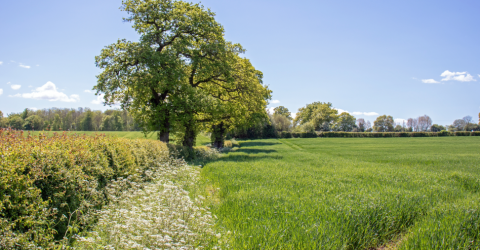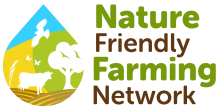Back by popular demand, our virtual Hedgrow Masterclass dives deeper into hedgerow management as a follow-on from our webinar earlier this year.
We’re joined by James Robinson and Megan Gimber, who answer audience questions from our previous hedgerow and woodland panel discussion. They explore general hedgerow management from optimum hedge-laying cycle lengths and tree species selection to the best ways to repair existing hedgerows and what to do with coppiced brash.
This masterclass covers:
-
The benefits of hedgerows on your farm: how they can provide shelter and forage for livestock, act as natural flood management and increase sources of food and shelter for many farmland species
-
The types of grants available for hedgerow creation and maintenance and how to access these
-
Changing farmer and contractor perceptions of the best ways to manage hedgerows
James Robinson
James is the fifth generation organic dairy farmer, farming 300 acres near Kendal, south Cumbria. The farm carries 130 Dairy Shorthorn cows plus 120 young stock, all cattle are homebred and are also a closed high-health herd. The farm has been part of an environmental stewardship scheme since 1991 when a Hedgerow Incentive Scheme was started to improve and protect the farm’s seven miles of ancient hedgerow. Those hedgerows now make fantastic corridors of life, surrounding the 60 small fields which make up the farm and connect ancient woodland with habitat-rich becks, a two-acre pond and newly created wetland areas. Nature plays a big part in the farm’s decisions and everything possible is done to enhance the biodiversity of all the habitats. In 2022 James and his family were presented with the highly coveted Silver Lapwing award, something the whole family is incredibly proud of.
Megan Gimber
Megan has been working for the People’s Trust for Endangered Species since 2015. Specialising in habitat conservation, she developed and now manages their two hedgerow surveys, The Great British Hedgerow Survey and Healthy Hedgerows. Megan runs training courses and hedgerow walks across the country, promoting the many virtues of hedgerows and how best we can look after them. A proper hedge geek, in her spare time she can often be found by a hedge, a good tree, in an orchard, or on Twitter (@FavColour_Green) chatting about hedges, trees and orchards.



